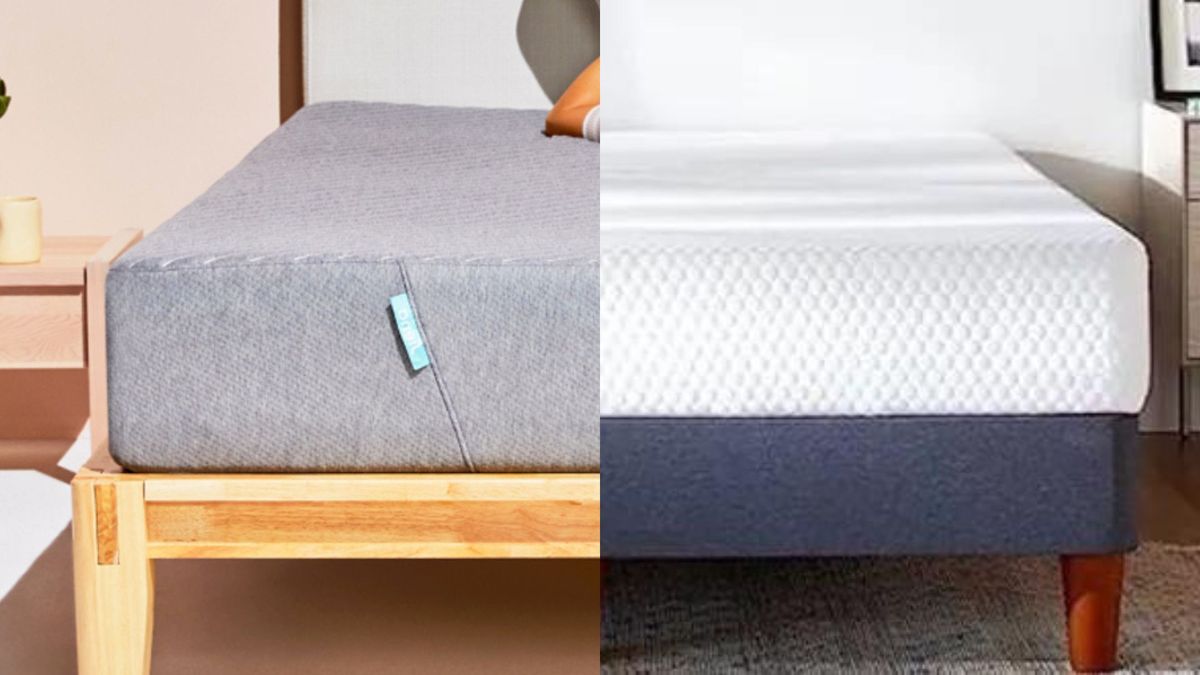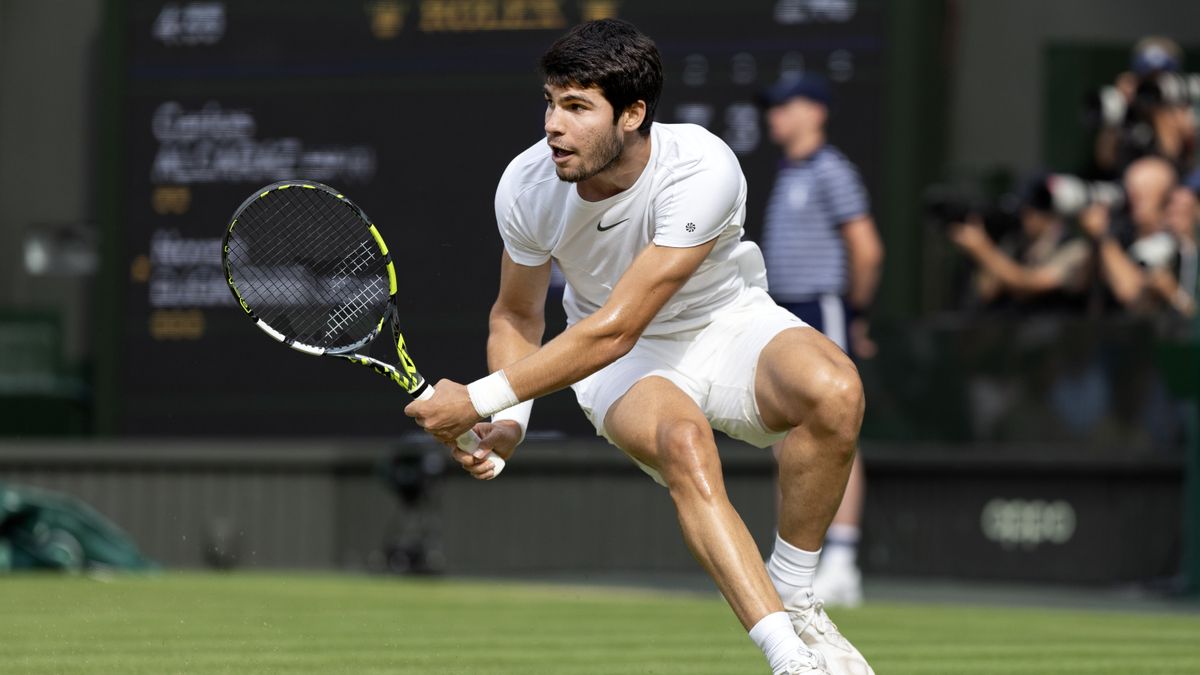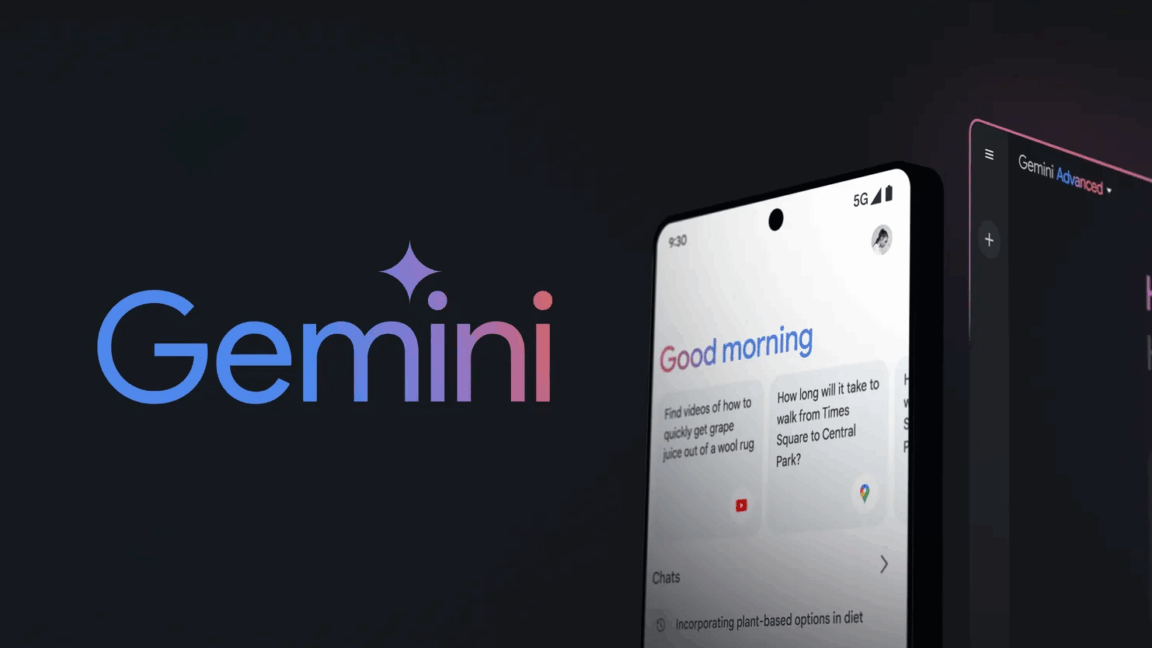
Yesterday evening, TechCrunch reported on a series of new legal filings made by OpenAI in the ioY trademark lawsuit that led to the scrubbing of the ‘io’ brand on OpenAI’s website.
The documents, filed by OpenAI’s CEO Sam Altman as well as ex-Apple employees Evans Hankey, Tang Tan, and Marwan Rammah (now all at io Products), reveal as much about the company’s ambitions as they do about what it hopes to keep under wraps. Here are a few key takeaways.
1: iyO tried to hire Evans Hankey
In 2022, iyO CEO Jason Rugolo tried to hire Evans Hankey, while she was still at Apple as VP of Industrial Design.
“In 2022, while I was still employed by Apple, my good friend and former colleague, Steve Zadesky suggested that I speak with Jason Rugolo. (…) During the call, Mr. Rugolo said he was looking for a head of design at his company. At the time, I did not know the name of his company, and he did not tell me. He told me that the company was working on augmented audio technology for the ear with a voice input. He did not mention anything having to do with AI to me. I told him that I was not personally interested (…)”
2: Evans Hankey didn’t leave Apple to go work for Jony Ive
Although it’s commonly believed that Ive’s former lieutenants left Apple to join his firm, LoveFrom, that wasn’t the case for Hankey. Per her own account, nearly a year passed before she came on board full-time:
My last day of work at Apple was in April of 2023. I was ready for a break, and at the time, I did not have plans for what I would do next. But soon after that, while on a shared family vacation with Jony Ive and his family, I began talking to his son Charlie, and eventually Jony, about the exciting developments in AI. Over that summer, Jony and I continued to discuss AI developments, and he invited me to join a new venture he was working on. I was not ready to commit to a full-time position, but I initially agreed to join around October as an advisor to work with Jony and his design collective at LoveFrom. At that time, I understood that OpenAI had the right to use the io.com domain name. By June 2024, I was working at io full time.
3: OpenAI is leading its defense with the fact that it repeatedly received unsolicited information from ioY’s CEO
In its motion to dismiss the lawsuit, OpenAI repeatedly claims that ioY CEO pursued Sam Altman and other executives at OpenAI and io Products, with requests ranging from product demos, to partnerships, to outright investment and acquisition proposals.
The document draws a timeline of delayed rollouts and malfunctioning demos, as it insinuates that ioY’s trademark lawsuit threats only came up when it became clear that OpenAI was not interested in working with them in any capacity.
“On March 4, 2025, Rugolo emailed Sam Altman, CEO of OpenAI, seeking $10 million in funding. Rugolo stated that he would “love to show you what we’ve built and convince you we are right about the future of human-computer interface.” Altman responded the same day: “thanks but im working on something competitive so will respectfully pass!” and told Rugolo that what he was working on was “called io.” Rugolo was undeterred. He responded “ruh roh. / want to work together?”
And
“However, Zadesky, (Apple’s ex-Vice President of Product Design for iPhone and Apple Watch, Tang) Tan’s former mentor from Apple, reached out to Tan and encouraged him to take the meeting. As a courtesy to Zadesky, Tan agreed. When he agreed to the meeting with iyO, Tan made clear that he would not sign any NDA with iyO because he did not want io to receive any iyO confidential information. Rugolo agreed to proceed without one.”
And
“Tan was the last person to do the demonstration, so when it was over, he was the only employee left in the room. Rugolo used that opportunity to explain that he was fundraising for iyO. When Tan did not express interest, Rugolo pivoted, saying he would sell the entire iyO company for $200 million. When Tan again demurred, Rugolo asked Tan to review iyO’s IP portfolio to see if io would be interested in purchasing it. Tan responded that he would need to speak to attorneys before undertaking any such review due to IP concerns.”
And
“Four days after the meeting, Rugolo sent an email saying he would ‘love to find a way to partner up,’ suggesting a joint ‘developer kit.’”
4: Jony Ive and Sam Altman decided on the ‘io’ name in mid-2023
Although io was announced only recently, Jony Ive and Sam Altman had been laying the groundwork for the initiative since the summer of 2023, when they acquired the io.com domain. In his statement to the court, Sam Altman said:
“In the summer of 2023, Jony Ive and I decided on the name “io” for a collaboration between our companies to develop a family of devices that would allow people to use AI in new ways. We decided on this name because it is a common phrase for “input/output,” and our intent with this collaboration was, and is, to create products that go beyond traditional products and interfaces. We want to create new ways for people to input their requests and new ways for them to receive helpful outputs, powered by AI. As part of our decision to use the “io” name, we acquired the io.com domain name in August 2023.”
5: io Products obviously plans on releasing an in-ear device
io Products was studying in-ear headphones as recently as March. Here’s Marwan Rammah, an ex-Apple employee and current Staff Engineer at io Products:
“On March 17, 2025, I placed an order for VAD PRO headphones from iyO. I used my work email address, the same email address I use to communicate with my colleagues, to place the order, and I had the product shipped to our office address. The VAD PRO headphones were one of at least 30 different headphones io purchased around that time because we wanted to understand the current state of audio products.”
And here is io Product’s carefully phrased statement on in-ear devices to the court:
“io is at least a year away from offering any goods or services, and the first product it intends to offer is not an in-ear device”
That statement also echoes Evans Hankey’s careful phrasing in her declaration to the court:
“io has no current plans to offer a custom-molded earpiece product.”
Hankey’s statement is part of io Products’ broader argument that the lawsuit should be dismissed, as their products are not in the same strict category as ioY’s custom-molded earpieces.
They also make the point to mention a previous court case, which determined that:
“The mere fact that two products or services fall within the same general field … does not mean that the two products or services are sufficiently similar to create a likelihood of confusion.”
Finally, Tang Tan’s declaration also carefully frames only their immediate plans:
“The prototype Sam Altman referenced in the video is at least a year away from being offered for sale. Its design is not yet finalized, but it is not an in-ear device, nor a wearable device.”
Follow these links to read the full declarations by io Products, Sam Altman, Evans Hankey, Tang Tan, and Marwan Rammah.
FTC: We use income earning auto affiliate links. More.
.png)
 1 week ago
2
1 week ago
2












 English (US) ·
English (US) ·